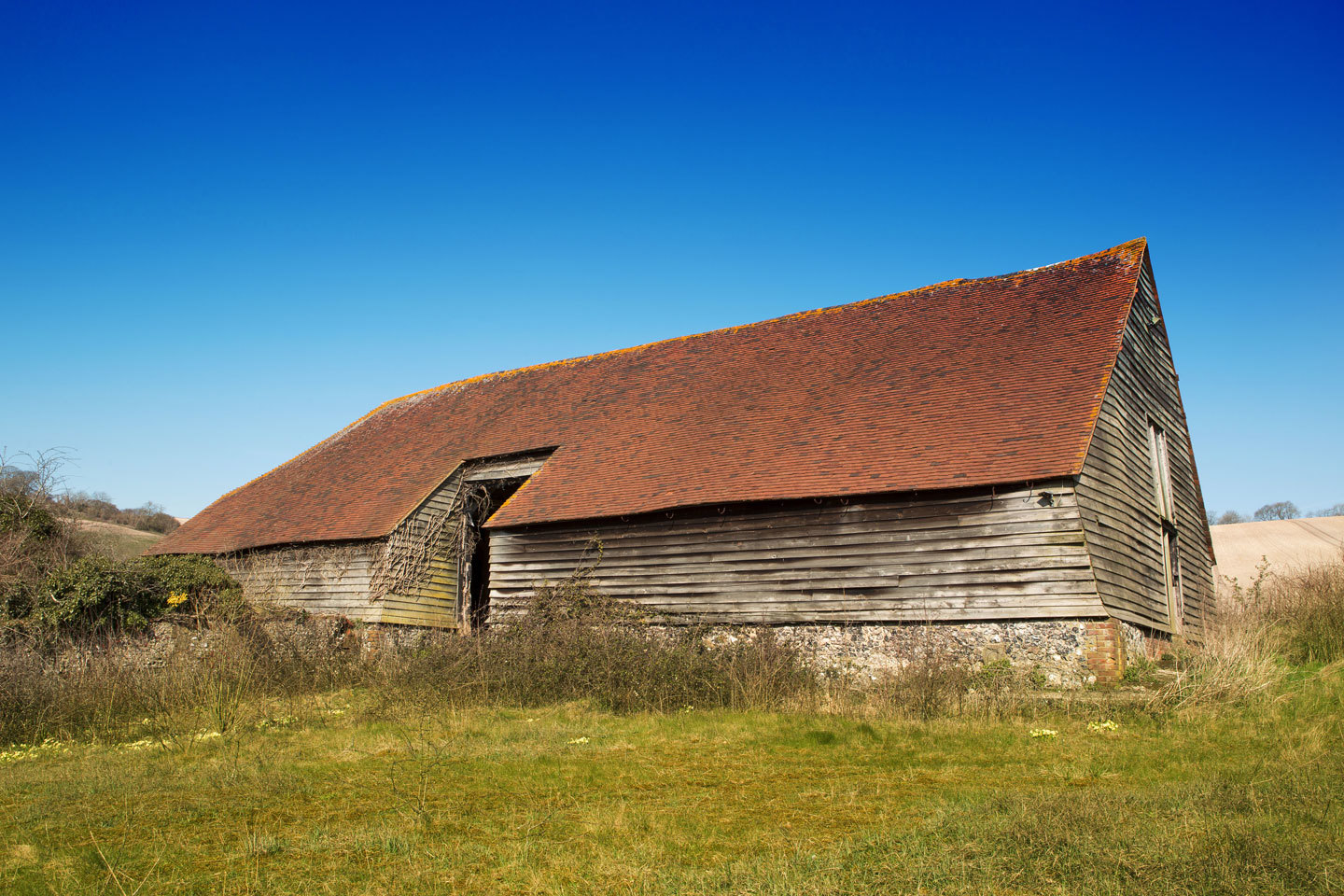June 13, 2023
As of the 6th April 2014, it will now be possible to convert redundant agricultural buildings and any land within its curtilage into up to three residential (Use Class C3), without applying for planning permission, subject to certain conditions.
As a landowner or developer, you may wish to take advantage of these new permitted development (PD) rights. In the absence of any detailed procedural guidance as yet, our checklist below will assist you in bringing forward your development.
Step 1 – Consider Eligibility
The new PD Rights will not apply to all agricultural buildings. Those located in certain protected locations, or which are subject to protections themselves will not be eligible for residential conversion under PD Rights. Exempt sites include:
- Sites located within a designated National Park, the Broads, an Area of Outstanding Natural Beauty (AONB), or within a Site of Special Scientific Interest (SSSI).
- Sites which are listed, Scheduled Monuments, or sites located within a Conservation Area or a World Heritage Site (Article 1(5)) Land).
- If the site forms part of a safety hazard area or a military explosives storage area.
- If the total floorspace of the existing building/buildings exceeds 450 sqm.
- If agricultural permitted developments rights have already been used on the unit since 20th March 2013; in which case the new PD rights will not apply for a period of 10 years (see Step 7).
- Local Authorities may also impose Article 4 Directions to remove the new PD rights in certain areas.
Step 2 – Confirm Agricultural Use
- To qualify for the PD Rights, an existing agricultural unit must have been used solely for an agricultural use, or as part of an established agricultural unit, on 20th March 2013.
- If vacant, then it’s most recent authorised use must have been agricultural; or
- If the unit was brought into use after 20th March 2013 then evidence must be provided to indicate that the unit has operated as an agricultural site for a period of 10 years.
- If the site is occupied under an agricultural tenancy then express consent must be obtained from both the landlord and the tenant. The PD rights will not apply where an agricultural tenancy has been terminated less than one year prior to the commencement of development under the PD Rights, unless both the landlord and the tenant have agreed in writing that the site is no longer required for agricultural use.
- Any restrictive conditions on previous planning permissions need to be taken into consideration.
Step 3 – What am I allowed to do?
- Permitted development rights allow for a maximum of 3 separate larger dwellinghouses of more than 100sqm each but no more than 465sqm in total; or
- 5 smaller homes of no more than 100sqm each, or 5 homes of a mix (small and large) but not exceeding the thresholds of each type.
- The external dimensions of the new development should not extend beyond the dimensions of the existing building at any given point.
- The following building operations are allowed under the new PD rights:
- The installation or replacement of: windows; doors; roofs; exterior walls; water; drainage; electricity; gas; other services;
- partial demolitions necessary to enable the delivery of the above building operations;
- A planning application will need to be submitted for any required works not listed above.
Step 4 – Prior Approval
- In all cases, an application for Prior Approval will need to be made to the Local Planning Authority (LPA) ahead of any works.
- A Prior Approval application considers:
- transport and highway impact;
- contamination and flood risk;
- whether the location or siting of the building makes it impractical or undesirable for residential use;
- noise impacts of the development; and
- the design or external appearance of the proposed building.
- The Community Infrastructure Levy (CIL, 2010) will also be considered and applied, where adopted.
Step 5 – Application Checklist
- Evidence that the existing, authorised use of the building is agricultural.
- If required, written consent from both the landlord and tenant to cease an agricultural tenancy.
- A Prior Approval Notice application form.
- A site plan.
- Existing and proposed floorplans.
- Existing and proposed elevations.
- A completed CIL liability form.
- Expert drawings and reports demonstrating that there will be no detrimental impact on transport and highways; and the site is not contaminated or at risk from flooding.
- Reports demonstrating that the location and siting of the unit is neither impractical nor undesirable, as well as a case to support the proposed design of the building.
- An application fee of £80
Step 6 – Determination Process
- The LPA will consult the highway authority, to assess if there will be any material increase or change in traffic in the vicinity of the site.
- The LPA will consult with the Environment Agency to identify if it’s in Flood Zone 2 or 3, or Zone 1 where there are critical drainage problems.
- The LPA will assess any contamination risks, taking account of any proposed mitigation measures.
- The LPA will consider whether the location and siting of the unit is impractical or undesirable and whether the design or external appearance is acceptable.
- The LPA has 8 weeks to determine your application. Should 8 weeks pass with no response or agreement for an application extension, then you may proceed with the development.
Step 7 – Future Considerations
- Development should commence within three years from the date of Prior Approval being granted.
- Once development under the Prior Approval has commenced, an owner will be unable to extend or build a new agricultural building for a period of 10 years on the site.



